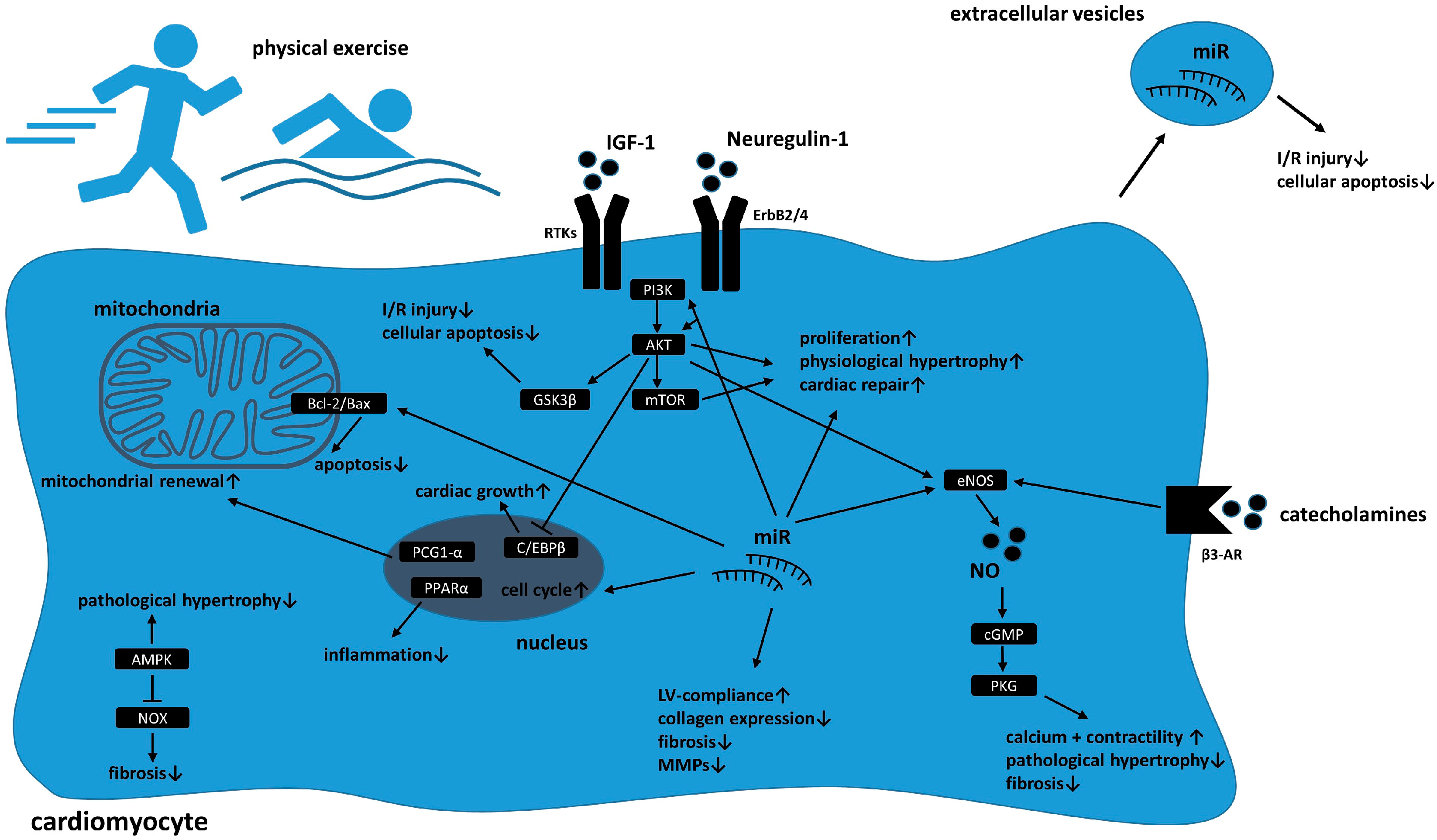
The technology has provided intriguing insights into the heterogeneity within cell populations during development 6 and has disclosed cellular responses in experimental models of myocardial infarction and to pro-fibrotic and pro-hypertrophic stimuli (for example, refs. Single-cell RNA sequencing or single-nucleus RNA sequencing (snRNA-seq) provide insights into the transcriptome of individual cells and are exquisitely useful to gain detailed knowledge of cellular signatures and disease-related alterations in humans.
PATHOLOGICAL HYPERTROPHY HEART DIAGRAM FULL
A deeper understanding of the multicellular composition of and molecular processes carried out by the full repertoire of vascular, cardiac and invading immune cells in human disease, however, is lacking.

On the other hand, endothelial cells provide so-called ‘angiocrine’ factors, which are important for tissue repair and regeneration 5. For example, cardiac ischemia or pressure overload induces the expression of vascular endothelial growth factor (VEGF)A in cardiomyocytes to induce endothelial cell proliferation and angiogenic responses 4. Particularly, cardiomyocyte–endothelial cell crosstalk is important for cardiac development and for the coordinated response to injury 3. In the last years, the interplay of cardiomyocytes with non-parenchymal cells in the heart, such as endothelial cells, fibroblasts and immune cells, gained increasing attention. Initial studies focused on the hypertrophic response of cardiomyocytes to pressure overload, which has meanwhile been deeply characterized. The pathophysiology of cardiac hypertrophy is multifactorial and is accompanied by the dysregulation of various signaling pathways contributing to cardiac dysfunction and heart failure 1, 2. Our human cell atlas of the hypertrophied heart highlights the importance of intercellular crosstalk in disease pathogenesis and provides a valuable resource. EFNB2 inhibited cardiomyocyte hypertrophy in vitro, while silencing its expression in endothelial cells induced hypertrophy in co-cultured cardiomyocytes. Consequently, EPHB1 activation by its ligand ephrin (EFN)B2, which is mainly expressed by endothelial cells, was reduced. Genes encoding Eph receptor tyrosine kinases, particularly EPHB1, were significantly downregulated in cardiomyocytes of the hypertrophied heart. Hypertrophied cardiomyocytes had reduced input from endothelial cells and fibroblasts. Here, by using large-scale single-nucleus transcriptomics, we present the transcriptional response of human cardiomyocytes to pressure overload caused by aortic valve stenosis and describe major alterations in cardiac cellular crosstalk. Pathological cardiac hypertrophy is a leading cause of heart failure, but knowledge of the full repertoire of cardiac cells and their gene expression profiles in the human hypertrophic heart is missing. Nature Cardiovascular Research volume 1, pages 174–185 ( 2022) Cite this article

A human cell atlas of the pressure-induced hypertrophic heart


 0 kommentar(er)
0 kommentar(er)
